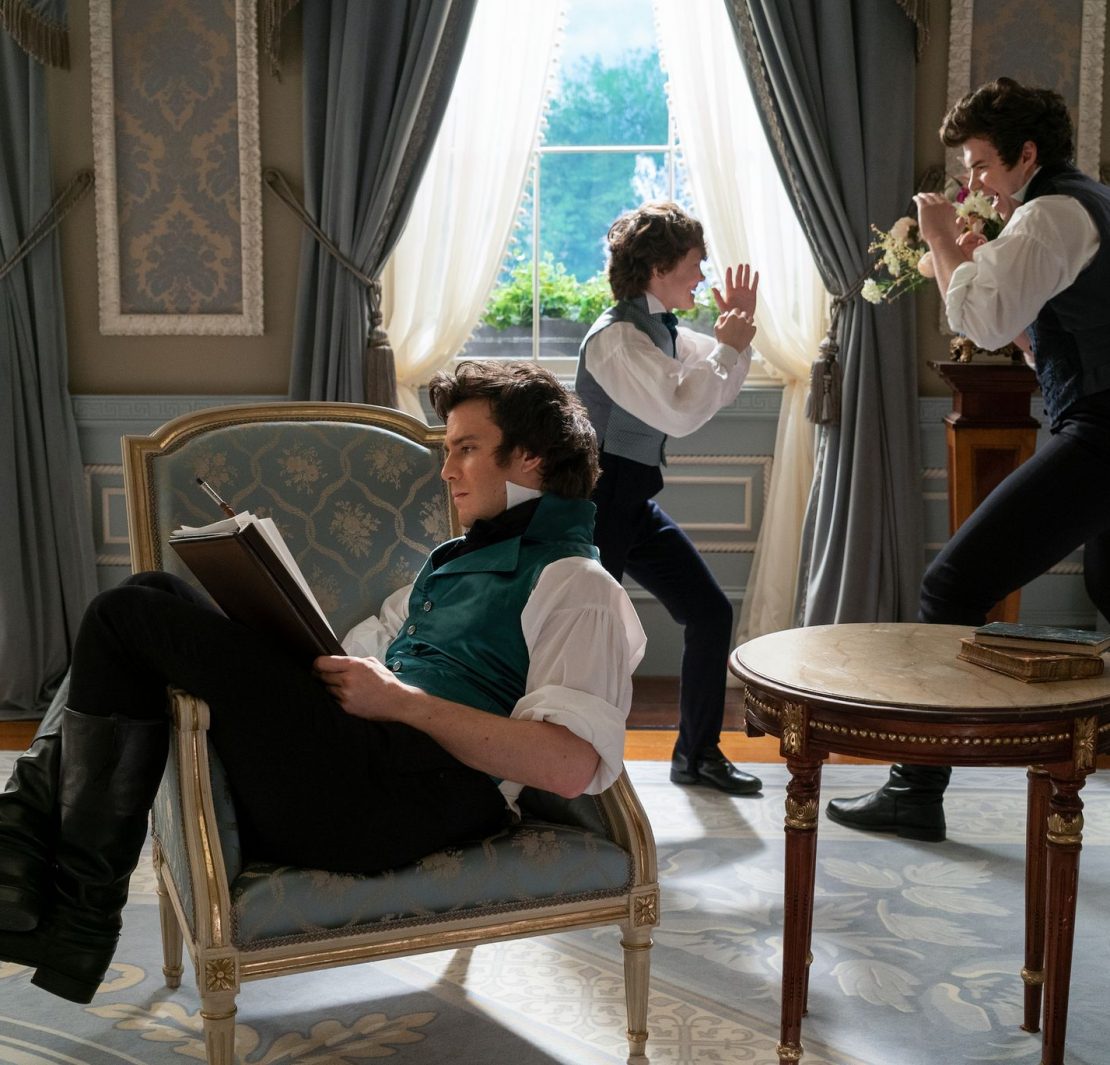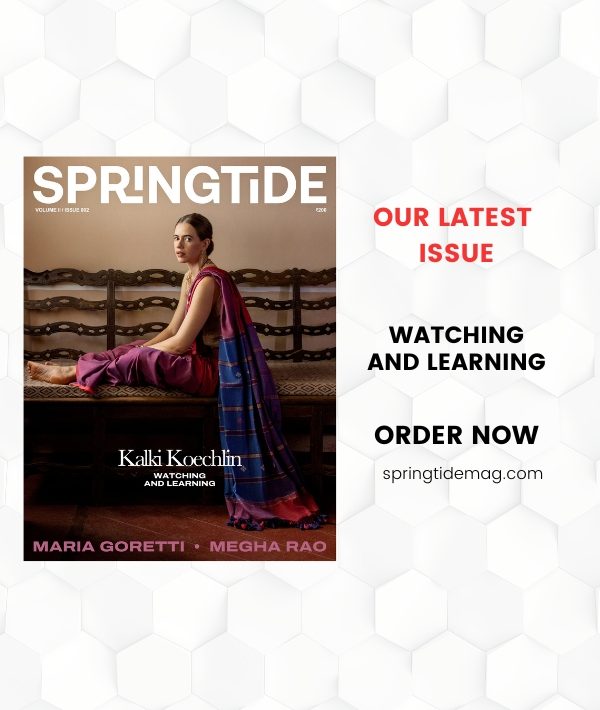If you are anything like me, your Instagram Explore page might be flooded with edits of the internet’s white boy of the month: King George III from Queen Charlotte.
The doomed romance between the King and Queen of a Regency-era England grabbed our attention from episode one – especially the passion and restraint of King George, who’s already giving other men of the Ton a run for their money. Before farmer George took over our screens, fans were thirsting over the Viscount Bridgerton and before him, of course, was the unforgettable Duke of Hastings, who kickstarted our craze for the show.
At first I was like ✨bridgerton men✨ as a joke but bro I don’t think it’s a joke anymore… pic.twitter.com/dAzGc5Mp0O
— ˚ʚ♡ɞ˚ (@realclassyheart) May 10, 2023
And these characters only add to a long line of Regency-era gentlemen who women have desired for decades. Mr Darcy, for instance – the mysterious lord of Pemberly from Jane Austen’s Pride and Prejudice is arguably the first love of many young readers of the classics. Austen has managed to provide us with not just some of the strongest heroines in literary fiction – but also some of the greatest gentlemen who’ve set our standards through the roof. From late actor Alan Rickmen‘s charming Colonel Brandon to Johnny Flynn’s compassionate Mr Knightley – it is a truth universally acknowledged that the Regency era was the era of romance. But their dashing looks are not the reason behind their universal appeal – truthfully, beyond the polished tall boots and pantaloons, they all look like men from any other era. So what is it that sets Regency-era men apart?
We can place much of the blame on the writers behind these heartthrobs. The Regency era was a time of societal change and cultural shifts. It offered the opportunity for high drama, with wounded heroes, mystery, and adventure, which would explain the popularity of Regency romance novels in particular.
It was the women writers of the Victorian era who wrote many of these debonair men that we know and love even today. Austen arguably dominated the scene but writers like Maria Edgeworth, Georgette Heyer and Susan Ferrier also gifted us with some iconic romances. A concept that has lately taken over the literary world, is the ‘men-written-by-women’ trope. The trope describes men who fit the female gaze and are figuratively and often literally, written by a woman. They are socially aware, aren’t afraid to show their emotions and break gender norms. These types of characters have soared in popularity among Booktok audiences.
We can also find a lot of these features in Regency-era characters. Maybe not at the beginning of their stories – we all know how insufferable Mr Darcy was in the first half of P&P – but they often evolve into their better versions once they fall in love. An ability to recognize and comprehend their shortcomings, putting aside their pride to beg for pardon is a common trait that all of them possess. These characters cannot find happiness with a love interest until they’re able to get past pride and haughtiness, and when they do- it’s an endorphin high. Perhaps that explains the allure behind these men – that we know they would treat us well.
Dating in the Victorian era was also a lot different than it is today. Courting, as they would call it, was a very public affair and there were a lot of rules. Lovers had to act with restraint, and a mere touch of the hands was scandalous – in contrast to how casually we treat physical touch today.
There is certainly something charming about forbidden, secret love which was a common trope in Victorian romances. It’s the passion of these charming men that draws us in – watching them struggle with their inner conflict between their duties as a man in society and their desires as a lover. When Anthony said, “You are the bane of my existence and the object of all my desires”, or when Mr Knightley told Emma that if he “loved her less, I might be able to talk about it more” – I think we all felt a shift within us we can’t really explain.





